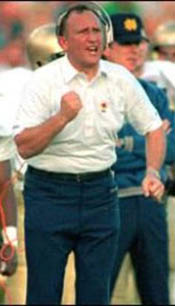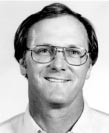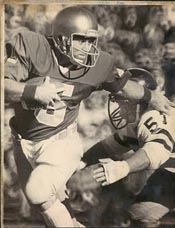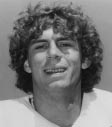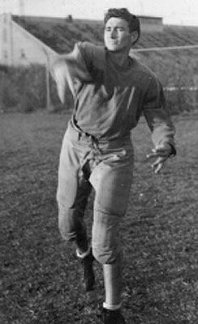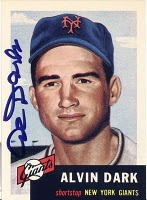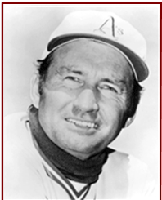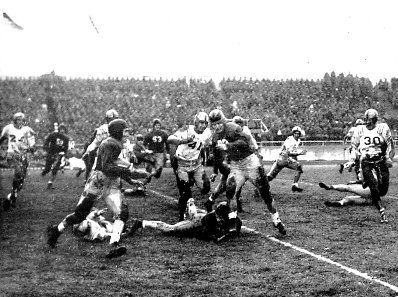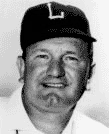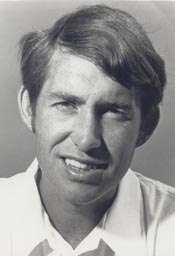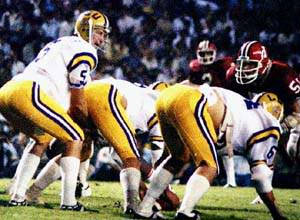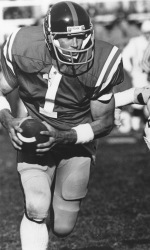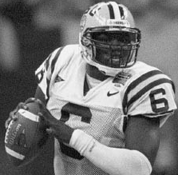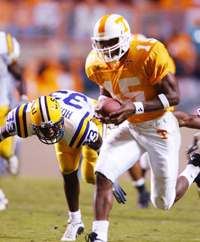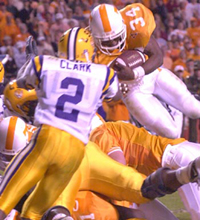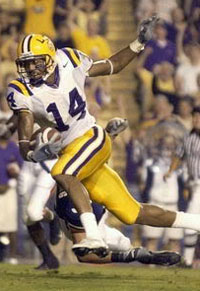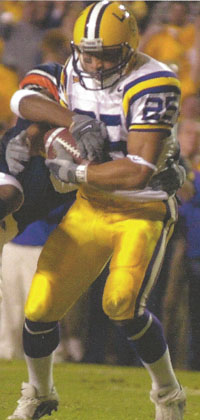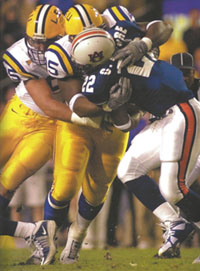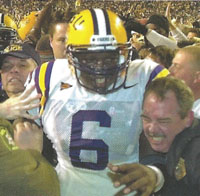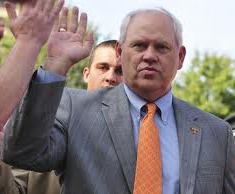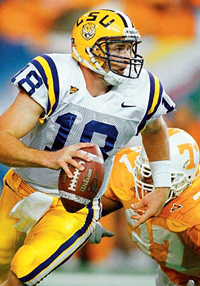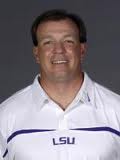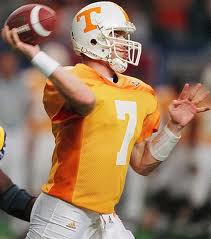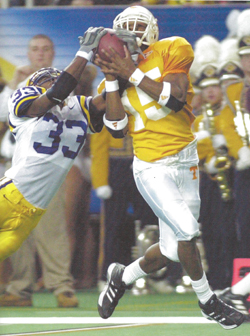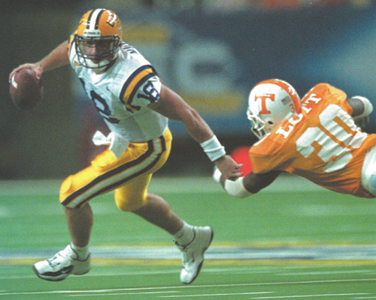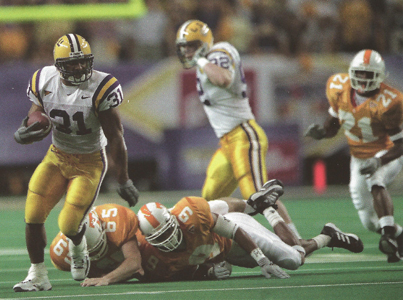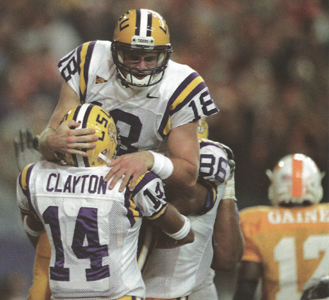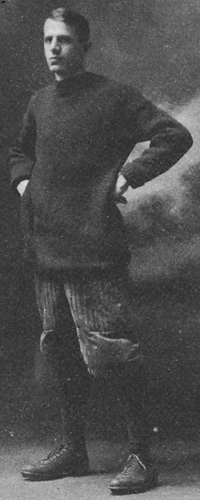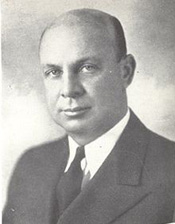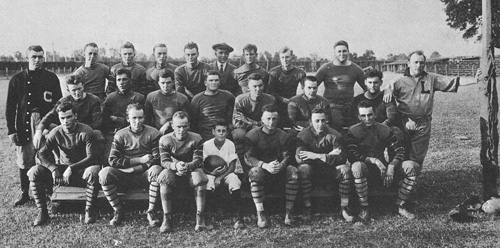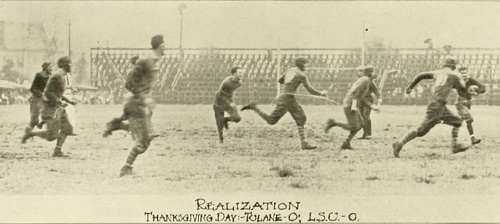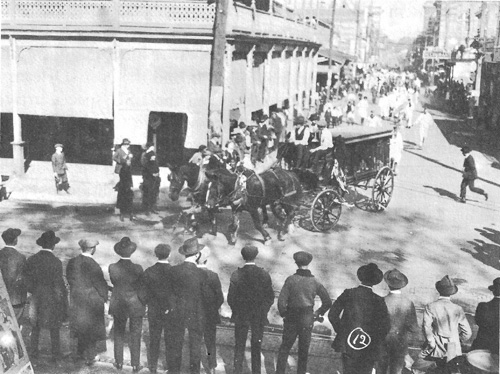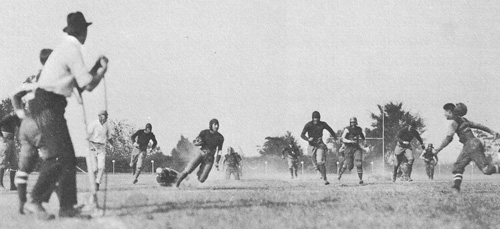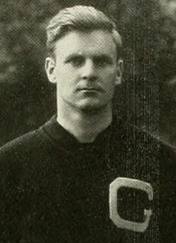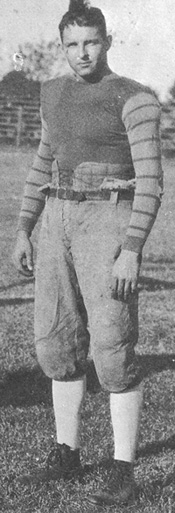|
The defending national champion LSU Tigers opened their 1959 season with a nationally-televised Saturday afternoon game with the Rice Owls.
The human Mike's reign in Tiger Stadium got off the an excellent start as LSU extended its winning streak to 13.
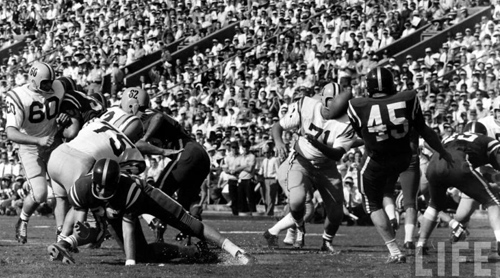 Rice punts in the first half. The real football Tigers showed up in the second half.
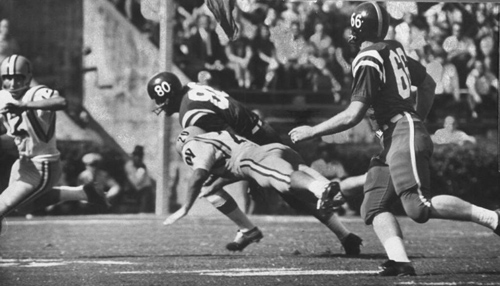 Warren Rabb (12) runs as Billy Cannon (20) blocks for him.
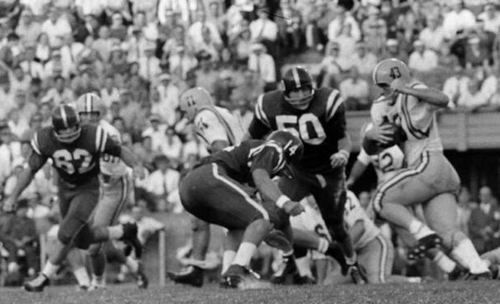 Merle Schexnaildre runs against the Owls. The Tigers would extend their nation's best winning streak to 19 before losing at Tennessee 14-13 to end their dream of a repeat national championship.
It didn't take him long to realize the priority that football enjoyed on campus.
 Tiger Stadium as it looked when Dark played there The following year, Dark lettered in football, basketball, and baseball, "dashing from field to field."
It was the next game that produced Dark's most memorable moment in Tigertown. Let him tell the story.
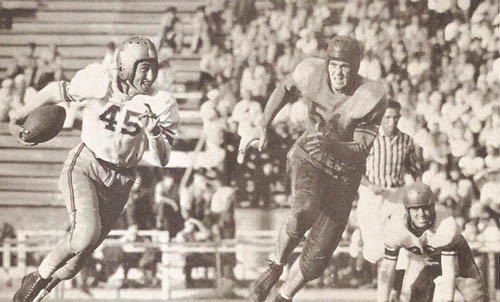 Alvin Dark running against Auburn To be continued ... Reference: When in Doubt, Fire the Manager: My Life and Times in Baseball,
Alvin Dark & John Underwood (1980) Tiger Den Archives | Top of Page Alvin Dark II
LSU lured Pray back from Cuba with an offer of $2,500, more than twice what he earned in 1919.
So the Bengals entered the season finale against Tulane with a 2-7 record, their worst ever.
Pray enjoyed surprising Tulane, a chief reason he never lost to them.
LSU-Tulane action 1922
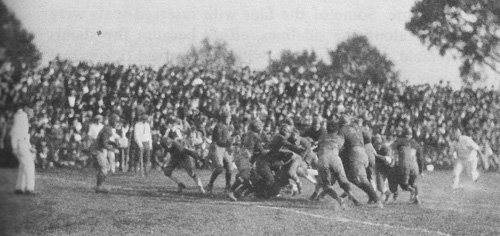 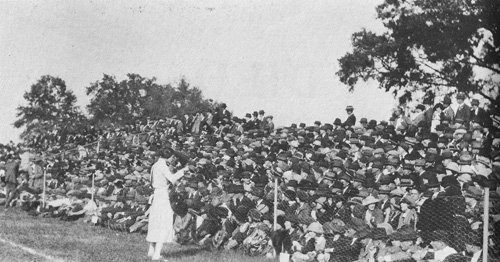 When the game started, it looked like the Tigers would not reward Pray's confidence in them.
With Pray now finished with coaching for good, Donahue took over for $10,000 a year. Reference: The Louisiana Tigers: LSU Football, Dan Hardesty (1975)
The Fighting Tigers II: LSU Football, 1893-1980, Peter Finney (1980) Top of Page |
CONTENTS First Appearance of Mascot Mike
|
|||||||||||||||||||||||||
